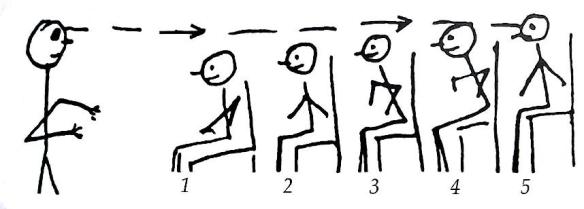
Once upon a time, I used to be a miserable journalist with a shiny new DSLR. And I had to cover events where politicians bitched and dissed other politicians. Usually in such events, I would take a few lousy shots and then I would rest on a chair to secretly take mental vacations.
But in this one event, I almost had to chock myself to death. Seven times. This is what happened: our dear politician started yelling like a sheep right from his first note. Even though his lectern had a powerful mic, he went on his bleating rampage for over 45 minutes.
Finally, he said “ani, antya maa” – meaning “and, finally…”. I jumped up with excitement and sighed – thank dog, at last, this abuse comes to an end. Unfortunately, he was not done yet. Somehow he squeezed in another issue and went on to say “ani, antya maa” seven more times, literally – before he finally concluded his prolonged monotone verbal assault.
Of course, there are some soft-spoken and sensible ones, but many of our politicians (and general people) are well skilled in delivering rambling speeches that get nowhere – na yetaa, na utaa ko. Worst of all, the politicians seem not to care that they are yelling and shouting and forcing the audience into the dreaded coma.
I only wish they knew the difference between being persuasive and being repulsive.
Lessons:
So what’s the lesson for an aspiring public speaker or presenter?
First, you don’t have to shout or yell and create a moshpit in front you. Be passionate and be calm.
Second, if you say “Finally…” or “Aba antya maa”, even by a mistake, just conclude your speech within the next 60 seconds. Even if you had four more things to say, don’t spread the verbal diarrhea epidemic to the audience. Just stop. Your audience will like you more for that.
Thank you politicians. Though bad in public speaking, you’ve still managed to teach us something important. 🙂
If you agree with me or find this blog useful, just shoot me a comment! I would love to hear from you.



